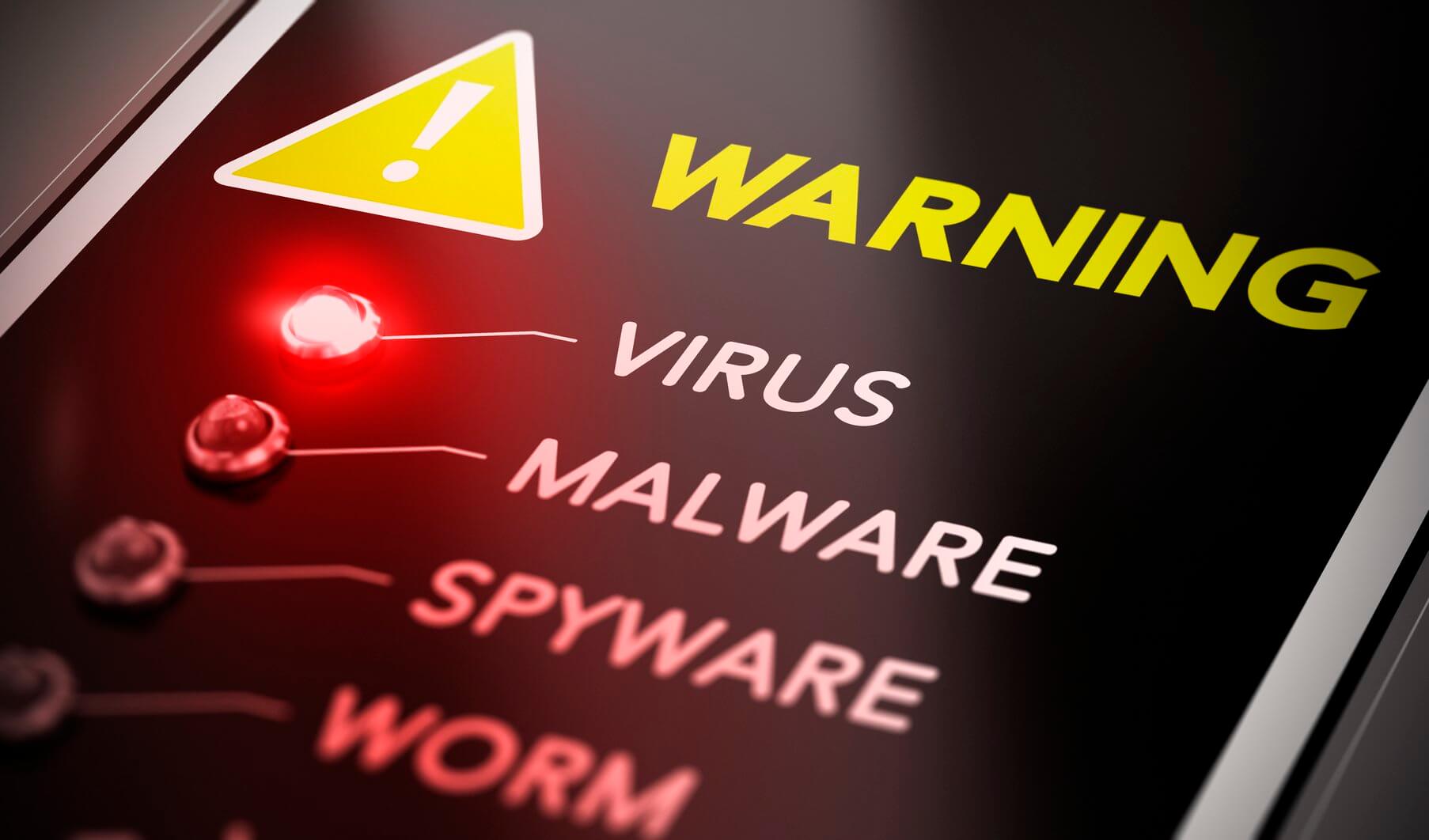
In today’s digital age, malware has become a significant threat to computer security. Whether you’re using your device for work, browsing, or gaming, your system can be at risk. Understanding the warning signs of malware is crucial for preventing damage and securing your personal data. If you’ve ever asked yourself, “Is my computer infected?” this guide will walk you through the tell-tale signs of a malware attack and effective steps to remove it.
Unusually Slow Performance
One of the earliest signs of a malware infection is a noticeable slowdown in your computer’s performance. While aging hardware or a lack of storage can contribute to sluggishness, a malware attack often manifests as abrupt and significant speed issues. Programs might take longer to open, files could lag when loading, and overall system response becomes frustratingly slow. This slowdown happens because malware consumes your computer’s resources, prioritizing its malicious tasks over your usual activities.
Pop-ups and Unexpected Ads
If you’re seeing pop-ups, banner ads, or strange messages that were never there before, your computer might be infected. These ads often appear even when you’re not browsing the internet, which is a strong indicator that something malicious has taken root in your system. Malware, particularly adware, works by injecting these unwanted ads into your browsing experience, hoping you’ll click on them and expose your device to further threats. Ignoring these pop-ups is essential, as interacting with them can lead to more severe infections.
Programs You Don’t Recognize
Another sign that something is wrong is the appearance of unfamiliar programs on your computer. Malware often installs additional software without your consent, creating a chain reaction that makes your system vulnerable to even more infections. Go to your installed programs list and look for any unknown applications. Removing these suspicious files can help you stay protected, but take caution—deleting the wrong files could harm your system’s functionality.
Unexplained Data Usage
A sudden spike in your internet data usage could point to a malware infection. Many types of malware use your internet connection to communicate with their source, often uploading your sensitive data or downloading more harmful files. If your monthly data usage is inexplicably high, malware might be using your internet connection for unauthorized activities, such as sending spam emails or tracking your online behavior.
Frequent Crashes and Error Messages
Unexpected crashes, blue screens, and error messages are all signs of a potential malware infection. While occasional system failures are normal, frequent disruptions point to underlying issues. Malware often interferes with standard processes, causing operating system errors and making programs unstable. These disruptions aren’t just inconvenient—they can lead to severe data loss if not addressed promptly.
How to Resolve Malware: Effective Removal Steps
Once you recognize the signs, taking immediate action to remove malware is crucial. Start by running a reliable anti-malware program to detect and eliminate threats. Make sure your software is up-to-date, as outdated versions may not identify new forms of malware. After scanning, delete or quarantine the infected files as recommended by the program.
For a deeper clean, consider booting your computer in safe mode, which limits malware’s ability to function. In safe mode, you can run another scan and manually delete any suspicious files you notice. Once you’ve cleared out all potential threats, reboot your computer normally and check for improvements in performance.
Why Choose Ask Computers for Malware Removal?
At Ask Computers, we specialize in providing comprehensive malware removal services that ensure your device is safe and secure. Our expert technicians have years of experience in diagnosing, identifying, and resolving malware infections. With a focus on thorough scans and effective prevention strategies, we help you regain control of your computer with minimal downtime. Our commitment to quality and quick turnaround makes us the top choice for computer repair and malware solutions in the area.
Preventing Future Malware Attacks
Prevention is always better than cure, and understanding how to avoid malware attacks can save you time, money, and stress. Here are some best practices for keeping your computer safe:
- Regularly update your software and operating system to close security loopholes that malware can exploit.
- Avoid downloading files from unreliable sources and refrain from clicking on pop-ups or suspicious ads.
- Install a robust anti-malware program and ensure it stays updated to detect new and emerging threats.
- Use strong, unique passwords across your accounts to protect sensitive information in case of a malware breach.
Staying informed about cybersecurity risks and taking preventive measures can keep your computer safe from most malware attacks. When it comes to maintaining a clean and efficient system, vigilance is key. Remember, if you ever encounter signs of a malware attack that you can’t resolve, reaching out to professionals can help ensure your system is thoroughly cleaned and your data stays secure.

